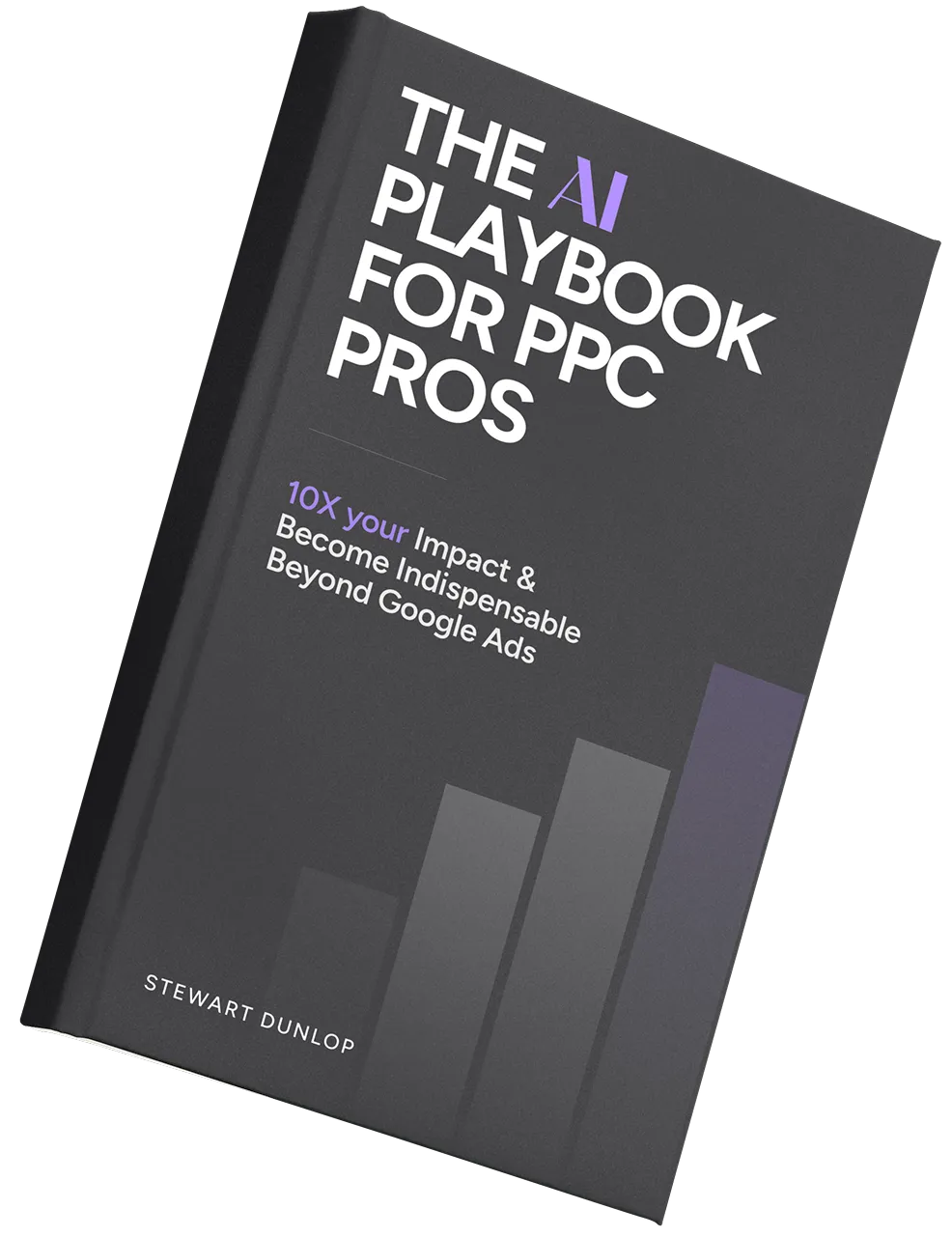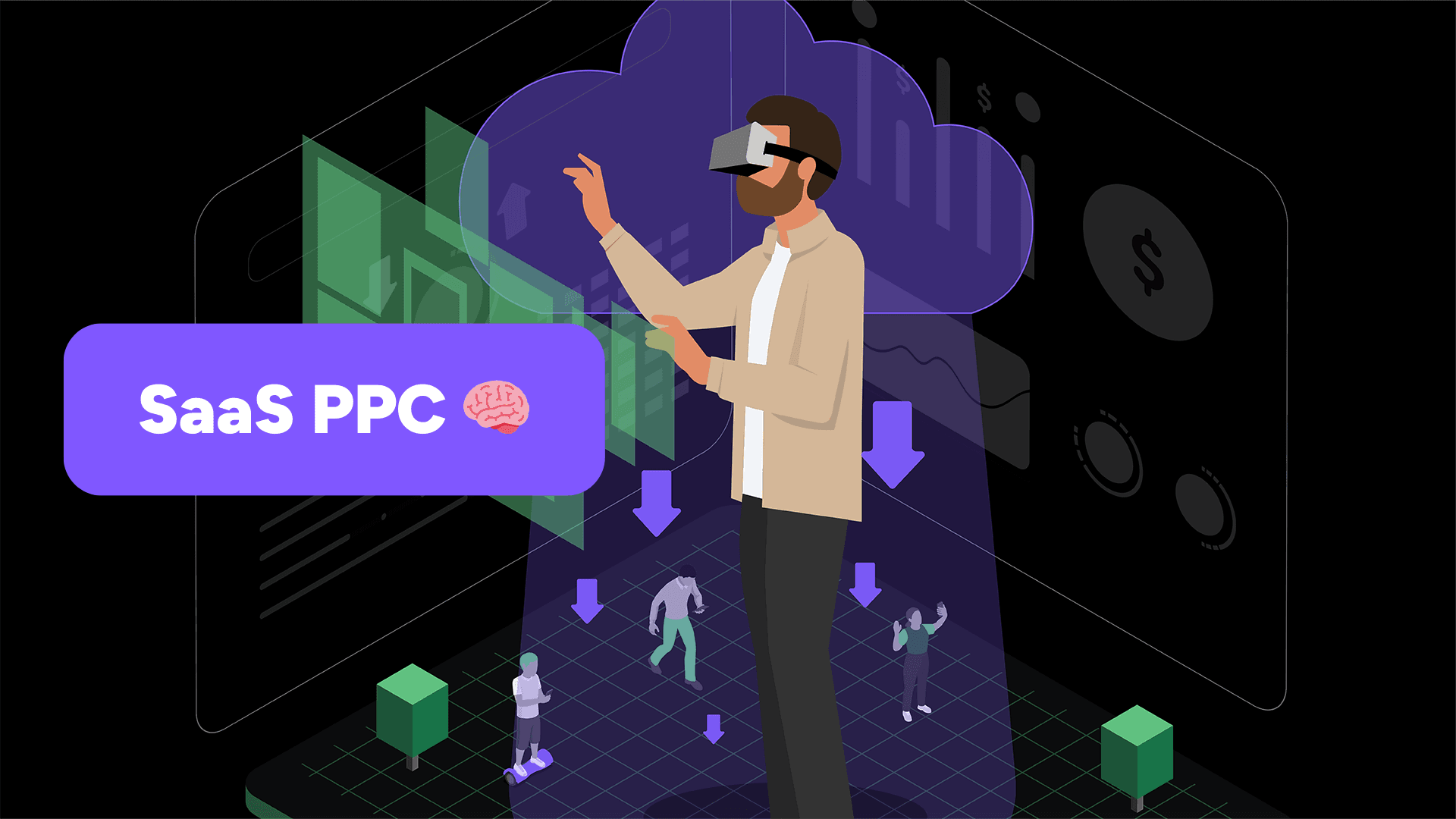
Summary
- 79% of all B2B SaaS companies use PPC as part of their lead generation strategies.
- Pay-per-click (PPC) advertising is a type of online advertising that SaaS businesses can use to get more leads and conversions from search.
- It lets you immediately gain visibility on high purchase intent keywords and appear in search above large SaaS review platforms like G2.
- With PPC for SaaS, you can even bid on competitor keywords, which is a great way to gain visibility for your product to relevant customers.
- Other key benefits of PPC for SaaS companies include highly specific audience targeting, trackable results, and retargeting.
- The customer attribution window is typically longer for SaaS companies (>30 days) because the customer journey takes longer from first click to customer.
SaaS companies encounter distinct challenges in PPC (pay-per-click) advertising, such as extended sales cycles, intricate product offerings, and highly specialized target audiences.
To make matters worse, the average PPC conversion rate for B2B SaaS is 1%—lower than the 2.35% average across all industries.
Despite these challenges, PPC is still popular amongst SaaS businesses. 79% of all B2B SaaS companies use this channel as part of their lead generation strategies.
Google ads for B2B companies works incredibly well. This article explains how you can overcome these challenges and use SaaS PPC effectively.
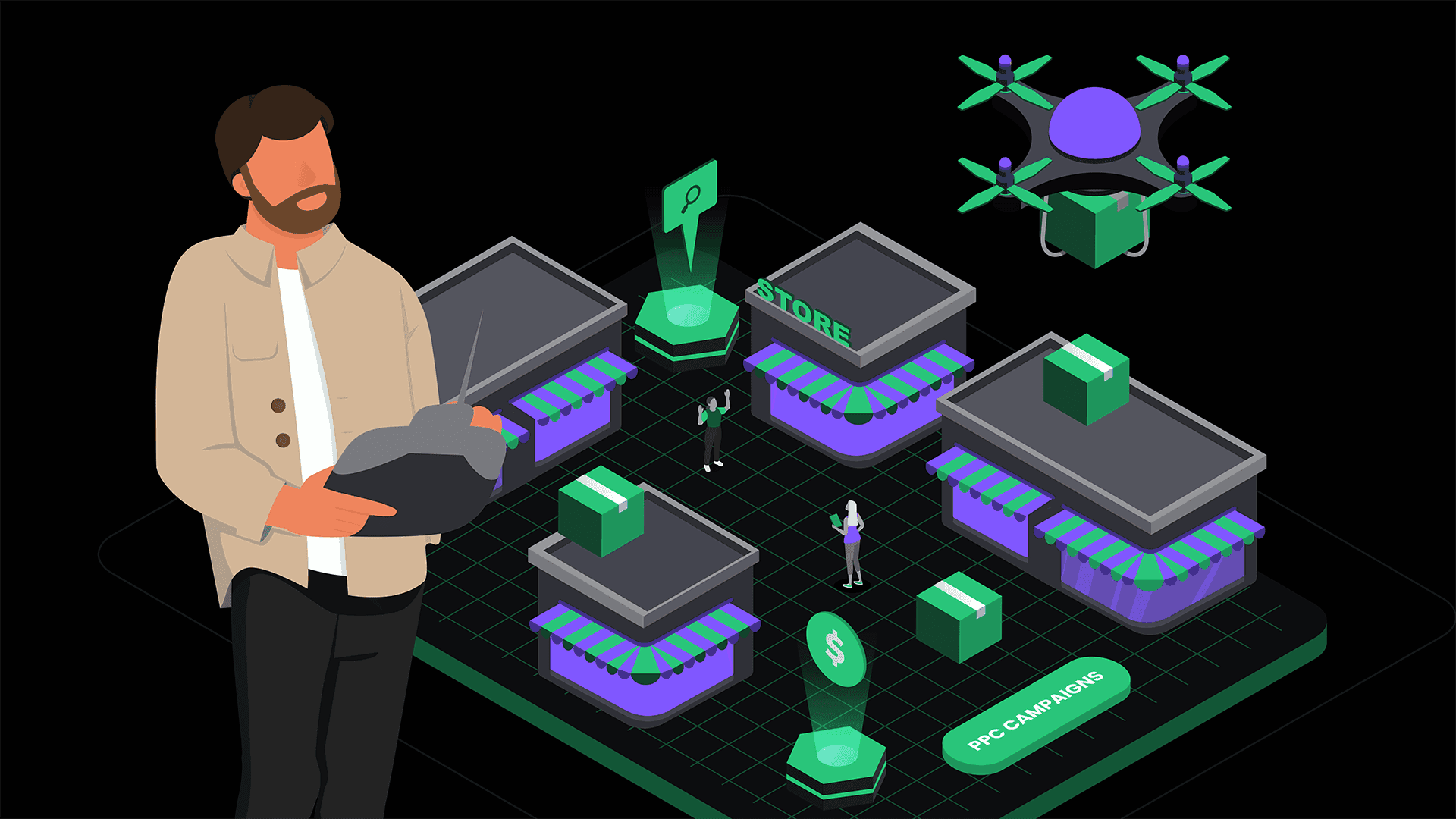
Why SaaS PPC Campaigns Are Complex
Managing PPC campaigns can be tricky, particularly in specialized sectors like SaaS.
Everything from the nature of the products to the target audience’s needs adds another layer of complexity.
Here are some of the reasons why SaaS PPC campaigns can be challenging:
➡️ Highly-specific customer targeting
SaaS companies typically create software that's tailor-made for specific industries or types of businesses. This means they need to be laser-focused to ensure they reach the right audience.
💡What to do about it
✔️ Audience segmentation: Divide your target audience into distinct groups, such as individual users, small businesses, and enterprises. Develop separate ad campaigns for each segment and tailor your messaging.
✔️ Address pain points: SaaS software is usually designed to help companies overcome problems. Craft ad copy that highlights these pain points and how your software addresses them.
✔️ Highlight relevant features: Emphasize the features of your SaaS product that are most relevant to each target audience. For example, individual users might prioritize ease of use, while enterprises may value scalability and security.
➡️ Longer sales cycles
A customer looking for running shoes can make a purchase decision relatively quickly, but SaaS products typically have longer sales cycles.
According to research by HubSpot, the average sales cycle for a SaaS product is 84 days.
This can make it difficult to track interactions, find out where customers are in the sales funnel, and calculate the ROI of PPC ads.
For example, a company searching for project management software might spend weeks or months determining the best fit for its requirements.
💡What to do about it
✔️Nurture leads: Many users clicking on your search ads will not convert immediately. They could be in the early stages of research, exploring their options, or comparing different software solutions. It's crucial to have a strategy for nurturing these leads over time.
✔️️Remarket to users: Remarketing is a PPC strategy that targets users who have visited your website but didn’t convert. It works by leaving cookies on the visitor’s browser. Display advertising on websites read these cookies to find out what ads to show you.
For example, you can remarket by offering a limited-time promotion to entice visitors to return.
✔️Adjust your bidding strategy: Since it can take longer for someone to decide to buy an SaaS product, consider adjusting your ad spending over time. This means you might spend differently on someone who just learned about your product compared to someone who's been considering it for a while.
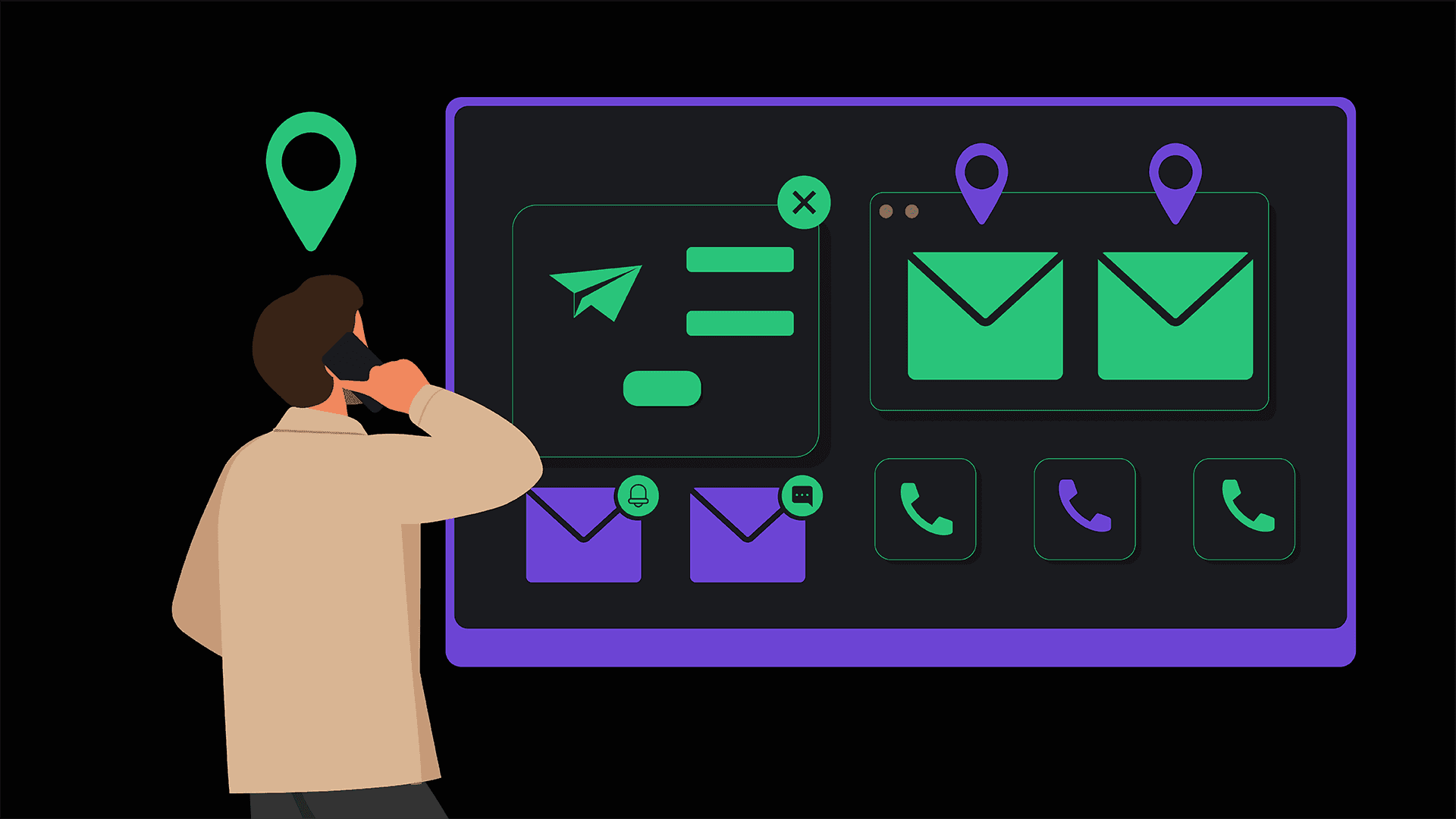
➡️ Conversion Tracking
Conversion tracking is notoriously difficult to get right for SaaS businesses.
Because of the longer sales cycle that we talked about, your customers are probably going to end up coming back to your site through multiple channels.
Examples include:
- Phone
- Remarketing ads
- And more
Additionally, people usually schedule a demo or trial before buying. This makes it more difficult to trace the conversion to a PPC ad.
💡What to do about it
✔️Perfect Conversion Tracking: Before investing in any PPC advertising, you need strong conversion tracking in place.
✔️Offline Conversions: Set up offline conversion tracking so that your PPC campaign will still get some attribution if someone converts via another channel.
✔️CRM Sync: Sync up your CRM with the Google ads platform so that you can assess lead quality. For example, if your sales reps tell you that all the leads they get from Google ads are junk, you know you must be doing something wrong.
➡️ Bad Lead Quality
Most advertising platforms (Google, Facebook etc.) use machine-learning algorithms. They are computers and they don’t know what good looks like.
If you set up Google Ads to generate as many product demo sign-ups
as possible without any other guidance, it’s likely it will return a ton of poor leads. 💩
💡What to do about it
✔️ Assess lead quality: Stay on top of lead quality and carefully assess where the good and the bad leads come from.
✔️ Qualify leads: You can tell Google Ads which of your leads are most promising. These are known as qualified leads and identifying them helps Google’s algorithm better understand the types of customers you’re looking for and the type you want to avoid.
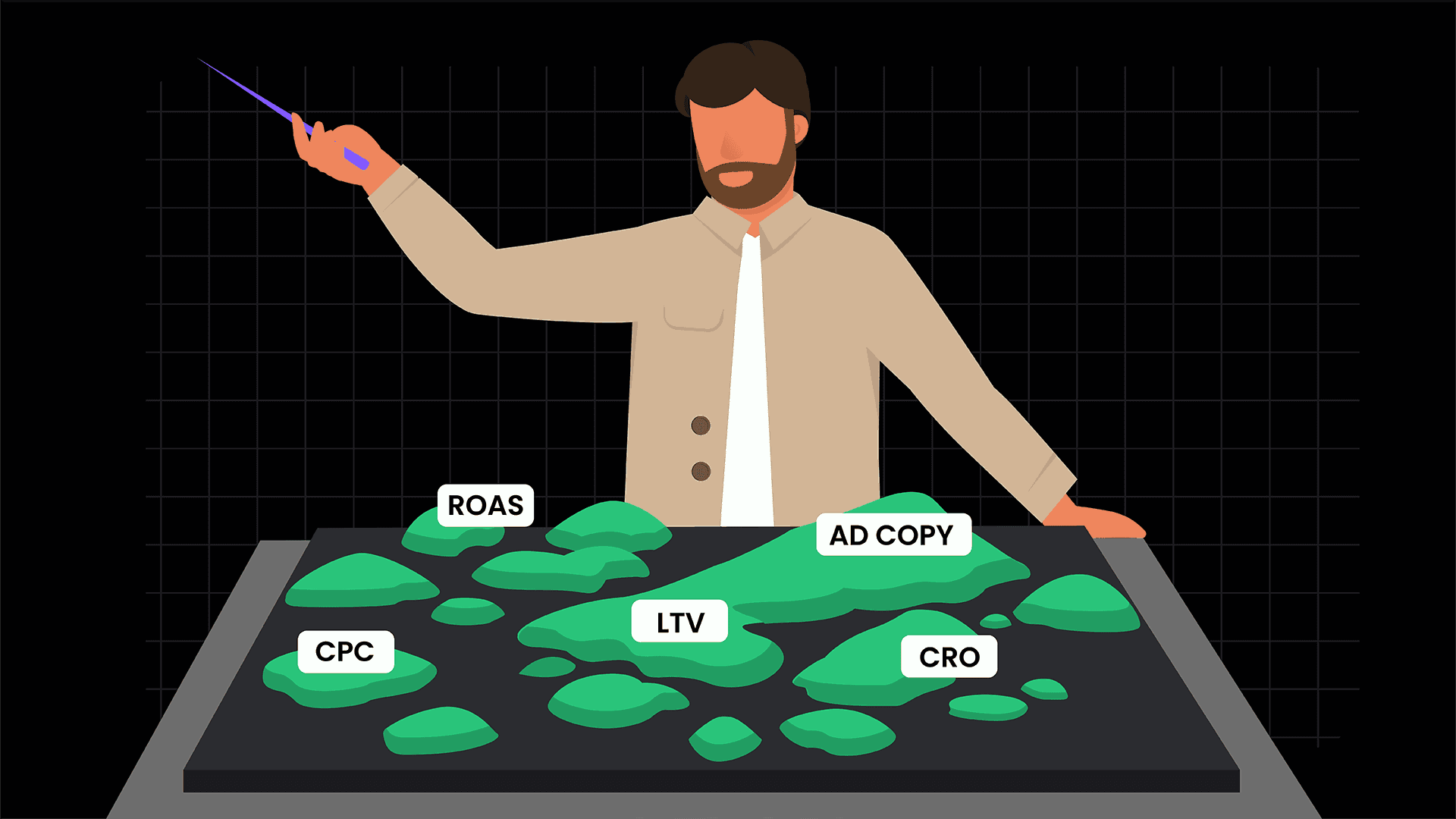
How to Get Started with PPC Ads for SaaS
Here is your guide to setting up a PPC campaign tailored to the unique needs of an SaaS business:
➡️ Set measurable goals
Before launching your PPC campaigns, establish clear metrics that will help you measure your success.
Here are some examples of metrics you may want to measure:
- Click-through rate (CTR): Your CTR measures the percentage of users who click on your search ads after seeing them. A higher CTR indicates that your ad is capturing your target audience’s attention.
- Cost-per-click (CPC): CPC represents what you pay each time a user clicks on your ad. Lowering your maximum CPC bid while maintaining ad quality and performance allows you to generate leads and conversions more cost-effectively.
- Return on ad spend (ROAS): Tracking the success of SaaS PPC campaigns can be challenging because of the long sales cycle. However, ROAS remains an essential metric. Your ROAS evaluates how effective your PPC campaign is at generating revenue. Achieving a positive ROAS indicates that your PPC campaigns are delivering a return.
- Total conversions: This includes all desired actions taken by users after clicking on your PPC ad—including lead generation, account registrations, downloads, or subscriptions purchased.
➡️ Create your landing page
Your landing page is often the first interaction a potential customer has with your brand after clicking on your ad, so capturing and keeping their attention is vital.
Here’s an example of a landing page from Harvest, a time tracking tool:
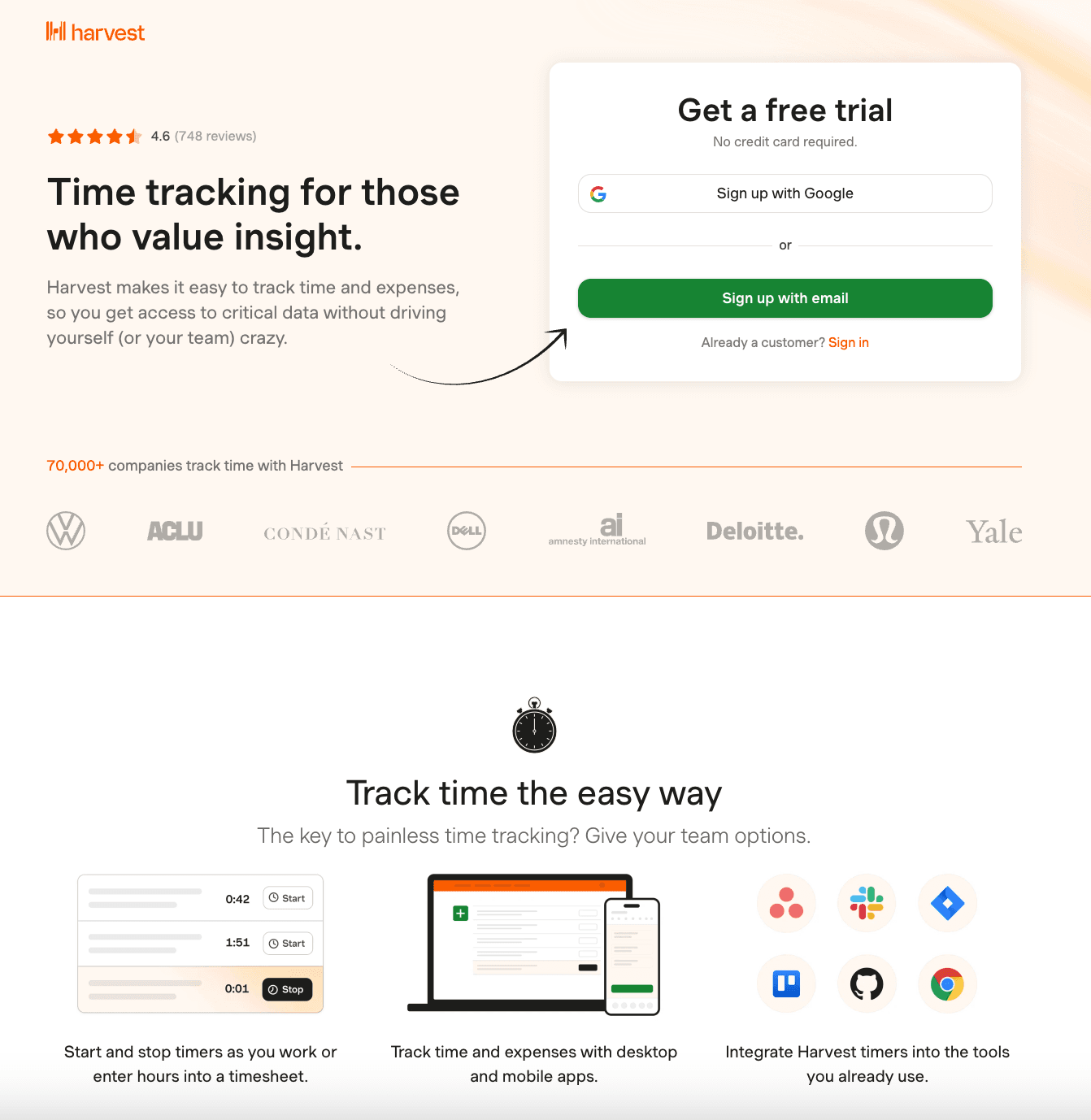
Here’s why this landing page is so effective:
✔️Value proposition: The headline "Time tracking for those who value insight" immediately communicates the core benefit of the service.
✔️Social proof: Logos from well-known organizations like Deloitte, Dell, and Yale serve as social proof, suggesting that reputable businesses and institutions trust this service.
✔️High ratings: Showcasing a high star rating with a significant number of reviews (4.6 from 748 reviews) helps to build credibility among potential users.
✔️Free trial offer: The offer of a free trial lowers the barrier to entry, making it easy for users to test the service without financial commitment.
✔️Integration capabilities: Highlighting the ability to integrate the app with tools that users already have indicates a seamless integration into existing workflows.
✔️Design: The clean layout, clear typography, and use of white space make the information easily digestible.
✔️Call-to-action: The sign-up options are prominent and provide a clear next step for the user.
➡️ Choose your keywords
Consider the keywords potential customers use when searching for SaaS companies like yours.
You can use Google Keyword Planner, Ahrefs, or SEMRush to help you with your research.
Look for keywords that:
✅ Are closely related to your product.
✅ Indicate strong purchase intent.
✅ Offer a reasonable CPC.
✅ Aren't overly competitive.
💡 What is purchase intent?
When a user types a search query into Google it indicates what they want to do. This might include finding information, researching products, or making a purchase
Search queries that show a high intent to buy are more valuable because they are more likely to lead to a sale.
➡️ Negative Keywords
After selecting your keywords, identify your negative keywords. These are terms that, if searched, will stop your paid ads from being shown.
This ensures your ads are only shown to relevant audiences.
For example, if your software is geared towards large enterprise customers, you may want to exclude searches that are likely to come from individual users or small businesses, such as:
❌ “Free cloud storage”
❌ “Cheap cloud services”
❌ “Cloud storage for individuals”
❌ “Personal cloud solutions”
This is because even though you might get clicks, you will be disappointed when you find out they’re one-man bands who don’t have the budget for your solution.
➡️ Create your ad
Your PPC ads are the first touchpoint with your audience, so they need to be engaging, relevant, and high quality.
For example, let’s say we search for a “time management app” on Google.
Here are the Google Ads that appear:
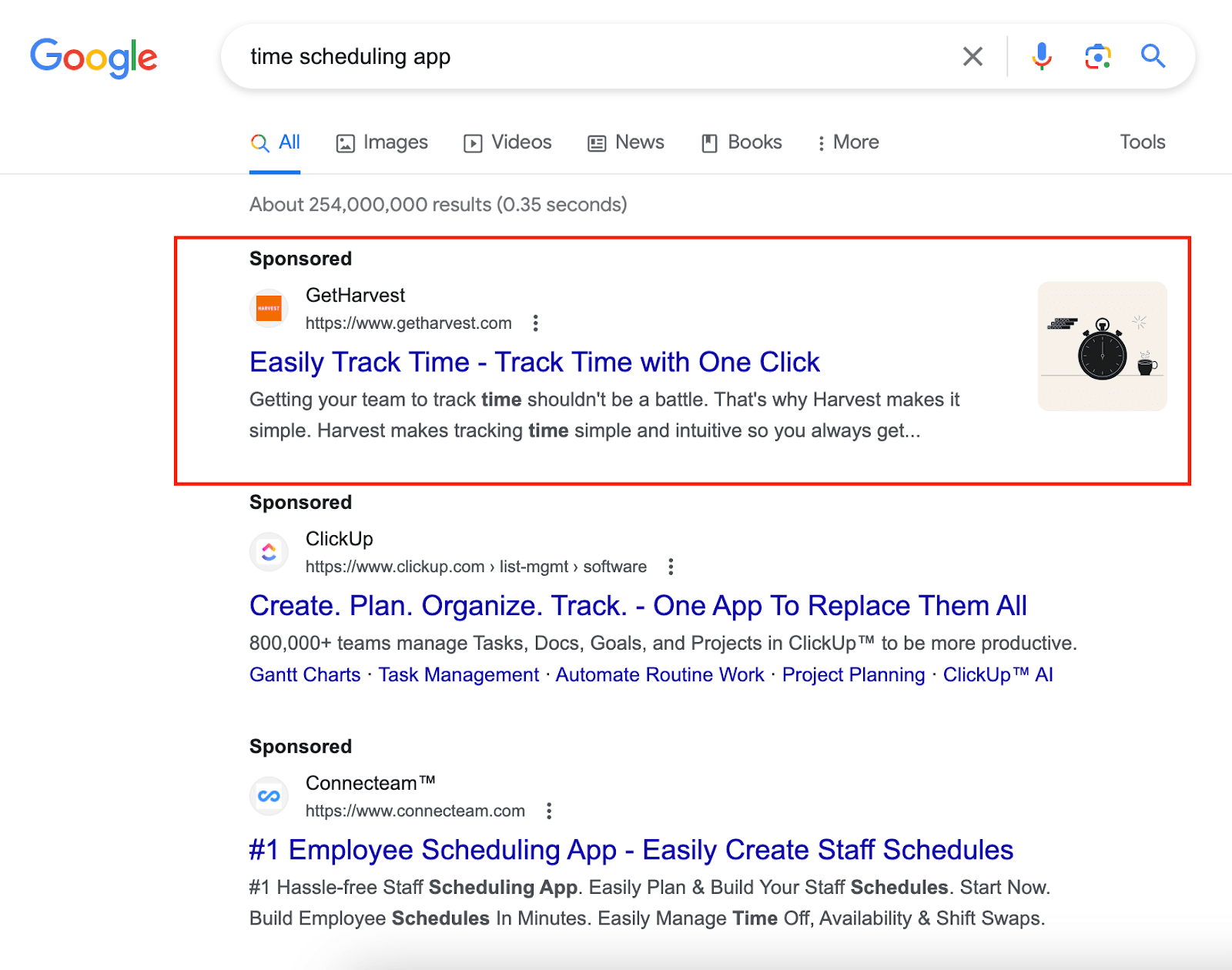
Here’s why the Harvest ad works so well:
✔️Clear: The ad uses simple language, "Easily Track Time - Track Time with One Click." This straightforward messaging instantly communicates the app's primary function.
✔️Value proposition: The ad addresses a common pain point in team management—time tracking. It suggests that the app can make this tedious task easy and intuitive.
✔️Visual aid: The image of a stopwatch implies speed and efficiency, reinforcing the message that time tracking can be simplified with the app.
Here are some tips for creating effective ad copy:
✔️Know your audience: Craft your message to align with your audience. Are they part of a business or are they freelancers? How well do they understand SaaS solutions?
✔️Be clear and direct: Your headline, description, and CTA should be straightforward and informative.
✔️Use simple language: Even if your product is technically complex, you should ensure that a general audience can understand your offerings.
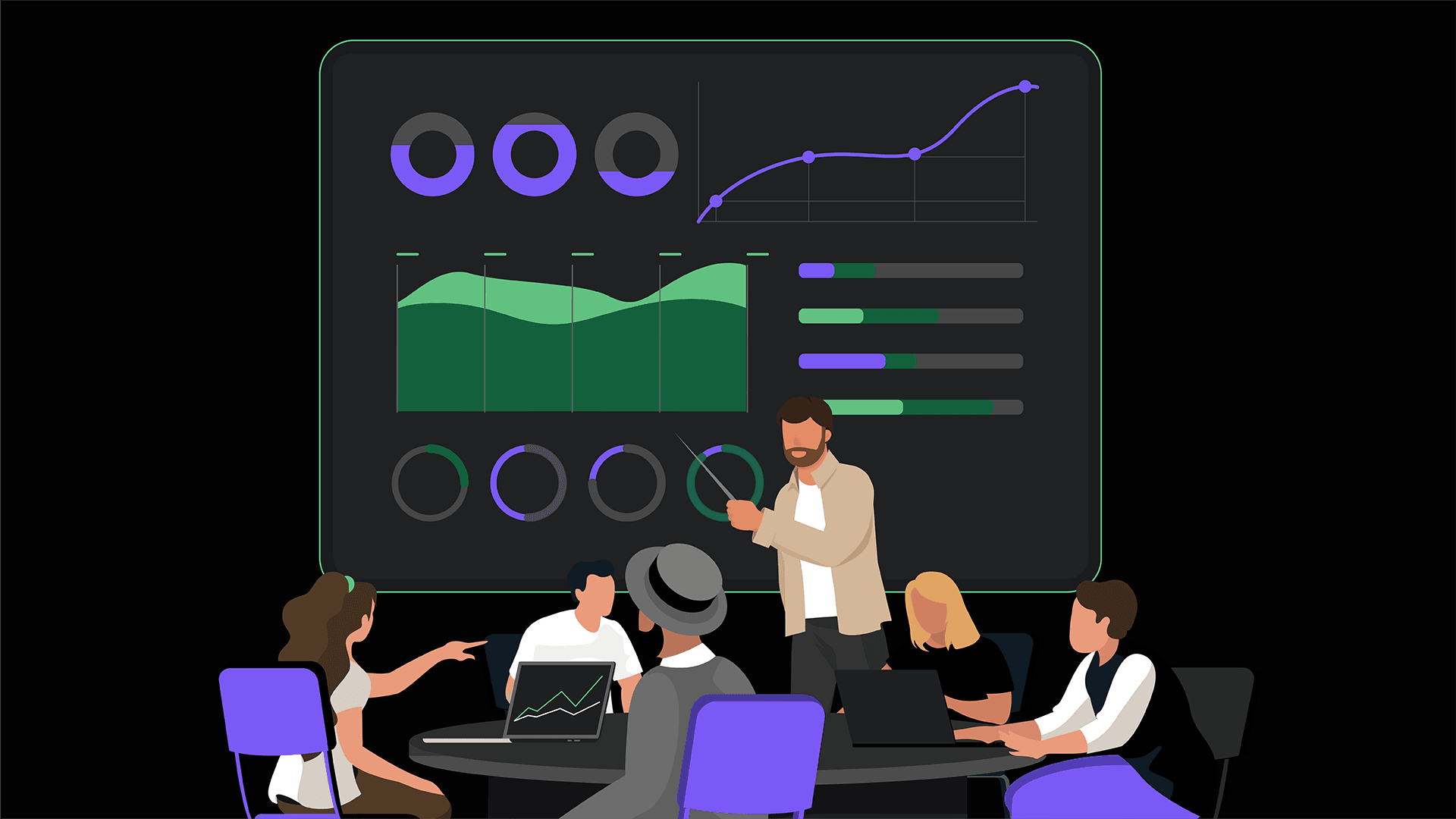
SaaS PPC Performance
This section explains how to assess goals and performance for PPC campaigns. We mention “bid strategies” a lot.
This is when you ask Google Ads’ AI to approach the automated keyword bidding process in a certain way. The aim is to ensure your ad fulfills your bid strategy.
There are 12 in total:
💰 Maximize Conversions
💰 Enhanced Cost Per Click (ECPC)
💰 Maximize clicks
💰 Target CPA
💰 Target impression share
💰 Advertising
💰 Manual CPC
💰 Bidding rules
💰 Maximize Clicks Bidding
💰 Target CPM
💰 Bid adjustments
💰 Manual CPC bidding
💰 Seasonal trends
💰 Enhanced CPC
Visit Google’s automated bidding strategy page to learn more.
🚀 Goal: Brand exposure
Campaigns aiming to increase brand exposure should focus on impressions.
A common bid strategy here is Target Impression Share, which aims to show your ad on a certain percentage of search results at the top of the page.
💡Metric to Track: Search Absolute Top Impression Share
If you want your ads to appear as often as possible at the top of search results, then monitor how often they land there. This is called the search absolute top impression share.
Say, for example, there are 100 auction spots available at the absolute top of the page. You bid on these spots, and your ad appears at the top 70 times.
To calculate the impression share for the absolute top position, look at how many times your ad was shown at the absolute top (70) and divide it by the number of spots that were available (100).
70/100 = 0.7 or 70%. A good benchmark is anywhere between 60% to 90%, so this ad performed slightly below average.
🚀Goal: Website traffic
To drive traffic to your website, Maximize Clicks is an automated strategy that sets your bids to get as many clicks as possible within your budget.
💡Metric to Track: Click-Through Rate
If you’ve set your bid to Maximize Clicks, a key metric to keep track of is your click-through rate (CTR).
For example, your ad for "fleet management software" is shown 1,000 times (impressions) on Google. Out of these 1,000 impressions, 100 users clicked on your ad.
To calculate the CTR, divide the number of clicks (100) by the number of impressions (1,000).
100/1,000 = 0.1 or 10%. The average CTR is between 3% to 5%, so this ad performed extremely well.
🚀 Goal: Conversions
If you want more people to take specific actions on your website, like buying a product or filling out a form, you can use a PPC strategy called Maximize Conversions.
This automated strategy adjusts your bids to get the most conversions possible within your set budget, using machine learning to predict which clicks are likely to lead to a conversion.
💡Metric to Track: Conversion Rate
If you’ve set your bid to Maximize Conversions, a key metric to keep track of is your conversion rate (CR).
Let's say you're advertising accounting software. Over a certain period, your ad is shown 2,000 times on Google and 120 people click on it to visit your site.
Out of those 120 visitors, 24 filled out a lead generation form to speak to a sales representative.
To find your conversion rate, you divide the number of purchases (24) by the total clicks (120).
24/120 = 0.2 or 20%. The average conversion rate for SaaS businesses is 5% to 10%, so this ad performed extremely well.
➡️ Monitor your Google Ads campaign
One of the biggest advantages of running your PPC campaigns on Google Ads is that you can access a wide range of performance-tracking tools.
If you run your PPC ads on Google, you can use Google Analytics to closely monitor important metrics such as:
- Impressions: How frequently your ad appears in search results.
- Clicks: The number of visits to your site via the ad.
- Conversions: The number of users completing targeted actions on your site.
- Bounce rate: The percentage of visitors who click away after viewing only one page, which can signal issues with your landing page.
- Demographic data: Understanding the age, gender, and interests of your audience to refine targeting.
By monitoring these metrics, you can understand your ad campaign's performance and make data-driven decisions to optimize your strategy.
➡️ Keep refining your SaaS PPC strategy
Search engines frequently update their algorithms and guidelines. This can affect how your ads are ranked and displayed.
In the fast-paced SaaS industry, it’s important to stay up-to-date with algorithm updates, customer needs, competitor strategies, and market trends.
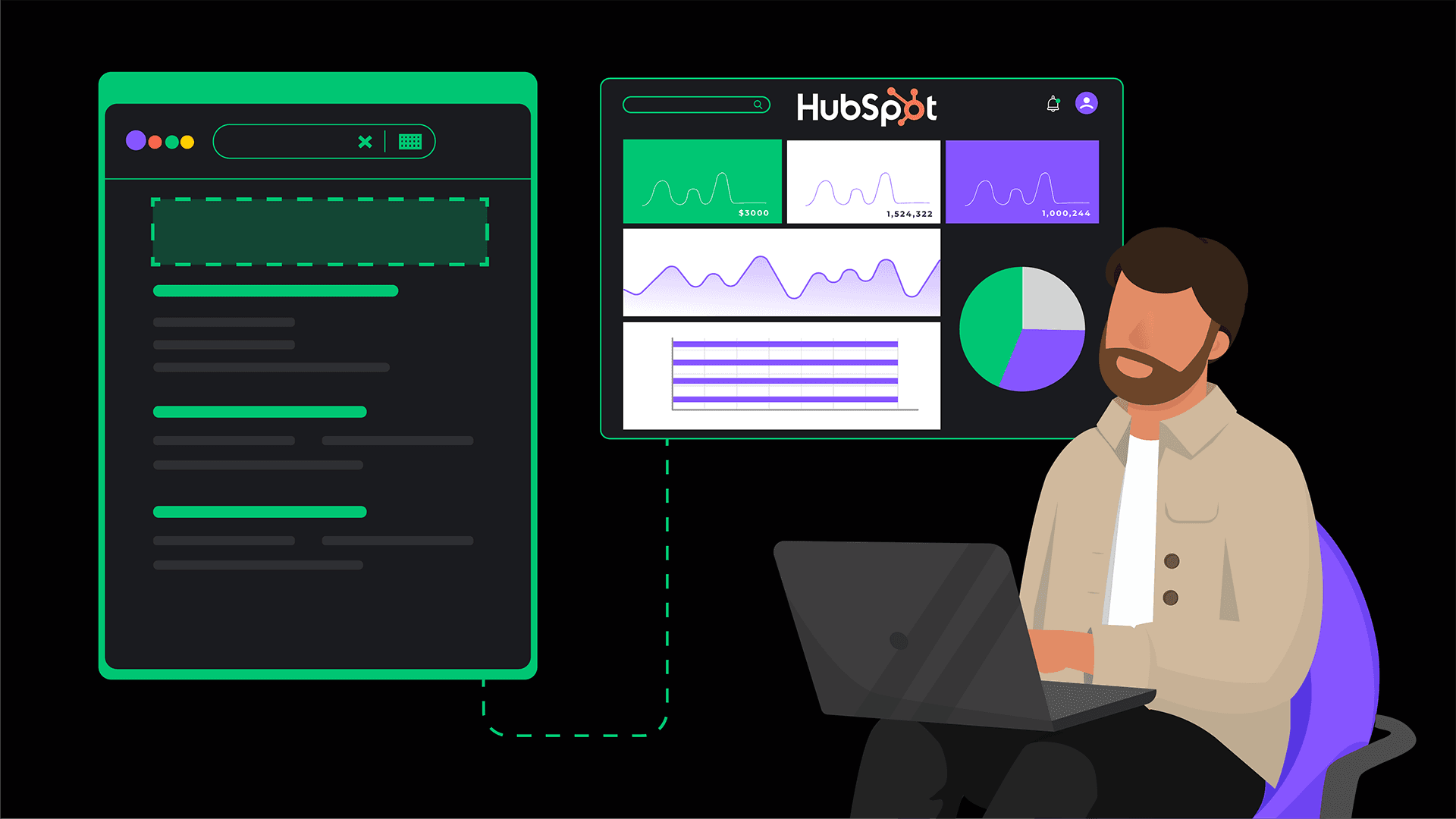
Advanced Strategies for SaaS PPC
Hyper-target your audience
Account-Based Marketing (ABM) is a strategic approach that directs marketing and sales efforts toward specific high-value accounts.
It’s effective in the B2B SaaS world, where acquiring a single high-value customer results in significant revenue.
To effectively target high-value accounts, begin by defining your Ideal Customer Profile (ICP).
Identify factors like:
- Industry
- Size
- Budget
- Decision-making processes
Then find specific companies that match your ICP.
Next, you’ll need to reach decision-makers. This is where PPC comes in.
There are two PPC strategies that work well here:
✔️Custom Intent Audiences: Leverage Google Ads' custom intent audience feature to target users who have recently shown online behavior indicating purchase intent relevant to your offering. This can include searches for keywords, visiting competitor websites, or downloading industry reports related to your solution.
✔️LinkedIn Ads: Use LinkedIn Ads' advanced targeting options to reach specific individuals within your target accounts based on their job titles, departments, or company names. This allows you to reach key decision-makers within the organizations you target directly.
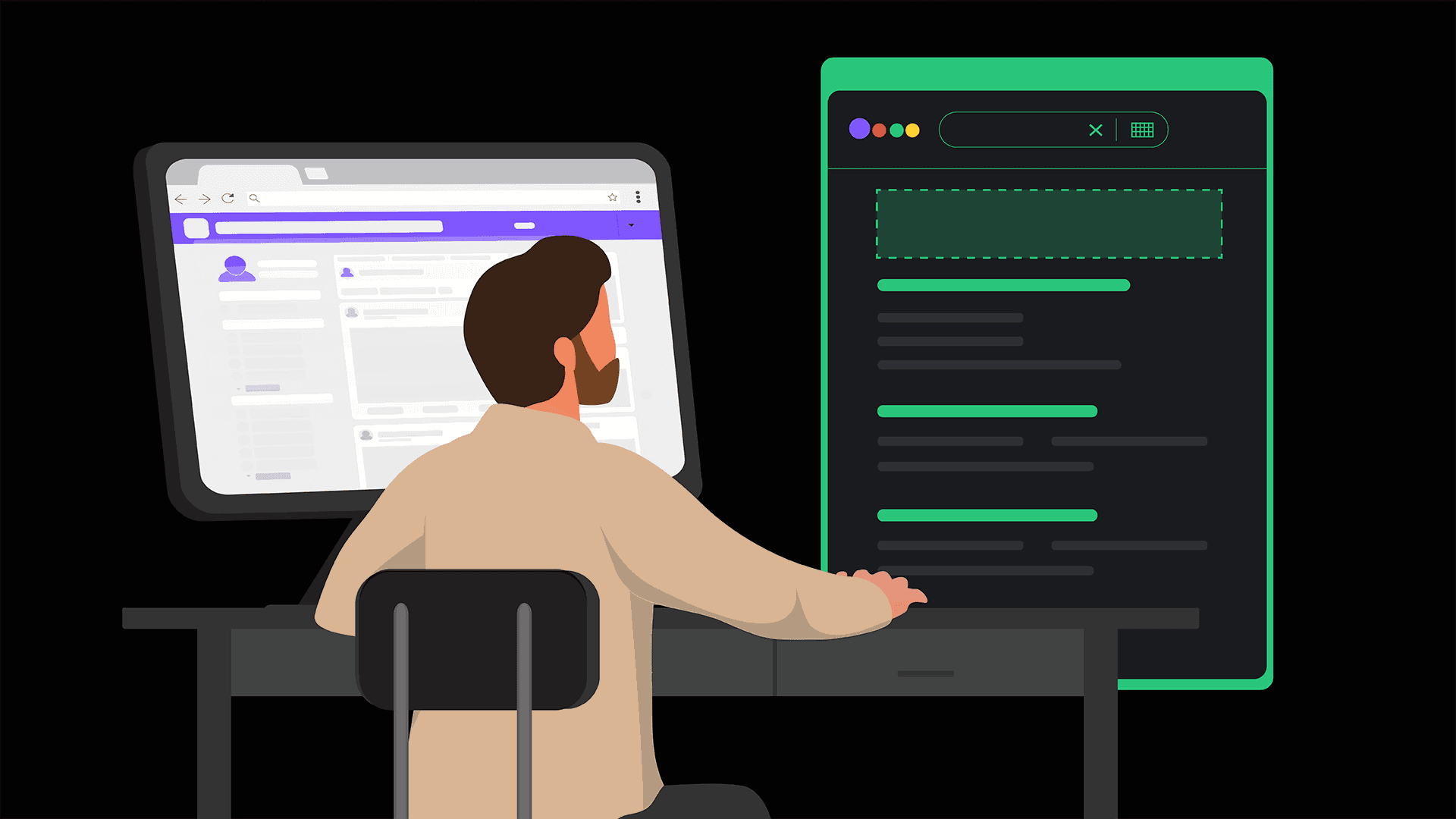
Leverage Dynamic Search Ads (DSAs)
Dynamic Search Ads (DSAs) offer a powerful way to automate your PPC campaign creation and targeting within Google Ads.
Here's how DSAs work:
- Google crawls your website's content, identifying relevant keywords and themes based on your product pages, blog posts, and other website sections.
- When a user enters a search query relevant to your website content, Google's algorithm matches the query with the indexed content from your website.
- Based on the matched content and user query, Google Ads dynamically generates headlines and descriptions for your ad. These ads showcase relevant information from your website, ensuring high-level relevance to the user's specific search intent.
Aside from making campaign management, DSAs have the following benefits:
➡️ Effortless reach: Capture long-tail keywords you might miss manually, expanding your reach to potential customers searching for specific variations of your products or services.
➡️ Enhanced relevance: Ads dynamically adjust to user queries, ensuring they're highly relevant to the user's specific needs and interests, leading to potentially higher conversion rates.
➡️ Uncover hidden gems: DSAs can reveal valuable new keyword opportunities you might have missed, informing future campaign strategies.
⚠️ Note: The quality and relevance of your website content play a crucial role in DSA performance. Ensure your website content is well-structured, informative, and accurately reflects your products or services.
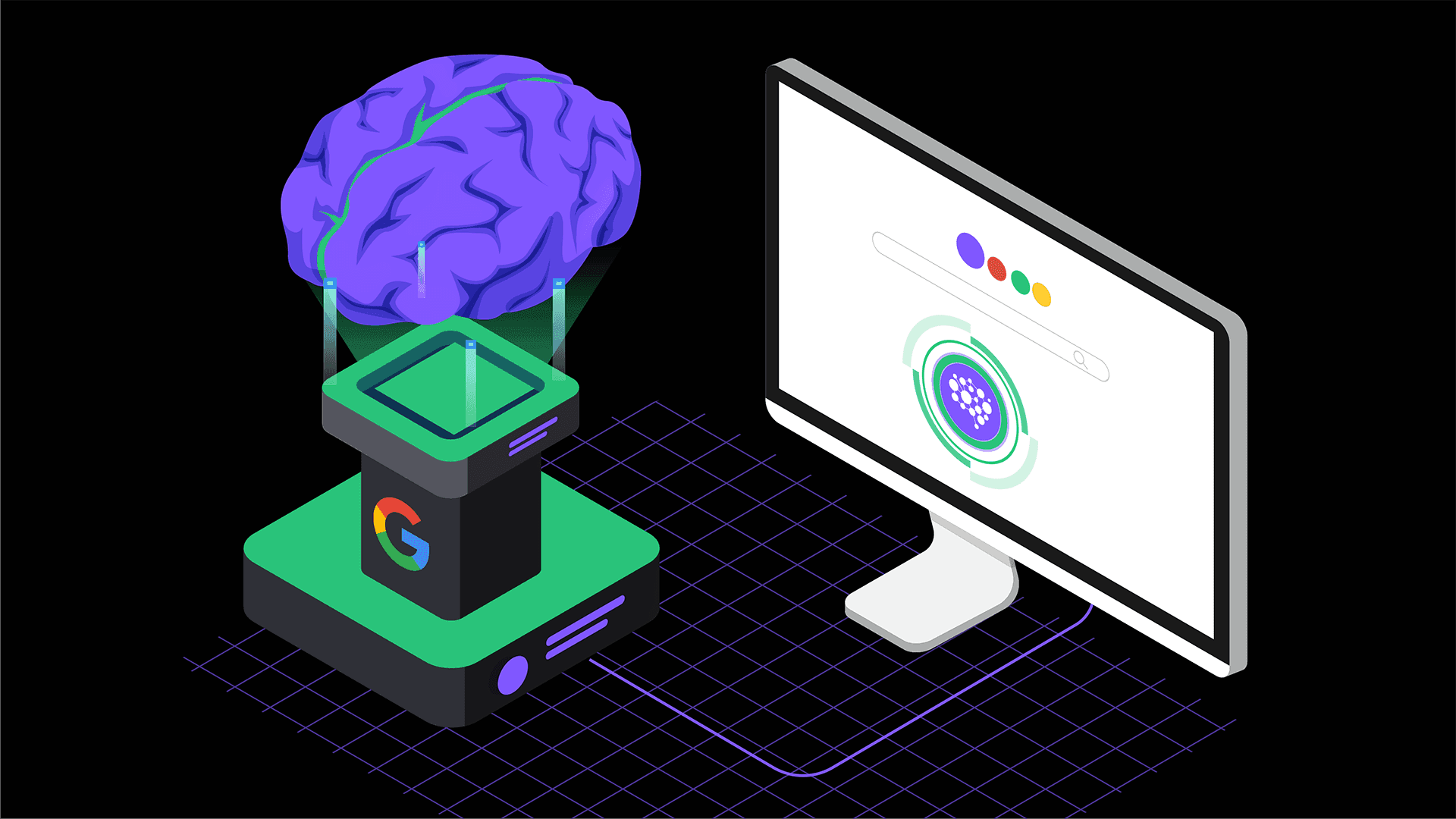
Use AI and machine learning in your bid management
Knowing how much to bid on a keyword is hard—in the past, making an informed decision involved tracking your successful and unsuccessful bids and analyzing the results.
Now, you can leverage AI and machine learning to do it for you.
Machine learning algorithms analyze vast amounts of data, including historical campaign performance, market trends, and competitor behavior, to automatically set bids for each ad auction.
This can significantly improve efficiency and effectiveness compared to manual bidding methods.
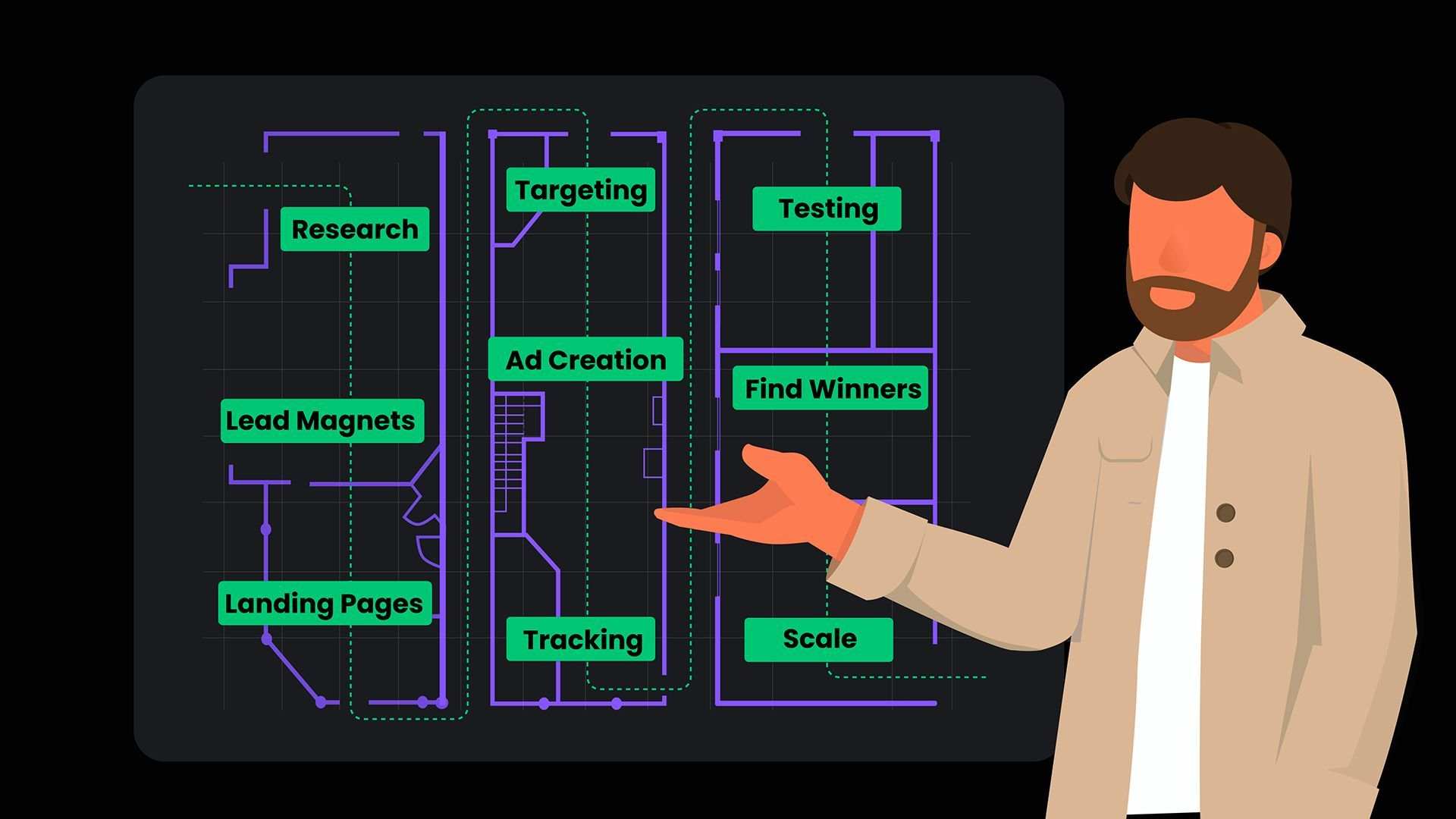
Two of the most commonly used automated bidding strategies are:
➡️ Target CPA (Cost Per Acquisition) sets bids to achieve a specific cost per acquisition
➡️ Target ROAS (Return On Ad Spend) sets bids to achieve a desired return on your ad spend.
How to Take the Complexity Out of SaaS PPC
The SaaS sector presents some unique challenges for PPC advertising campaigns. Getting it right can be complicated, time-consuming, and requires knowledge and experience.
Many tech businesses prefer to hire an agency like PPC.io to handle their online ads for them.
At PPC.io, we understand the PPC challenges facing SaaS companies and how to overcome them.
We’ve helped many businesses run successful PPC campaigns that combine strategy with keyword research, beautifully crafted ad copy, and bidding methods that win results.
Get in touch to find out how we can do the same for your company.
